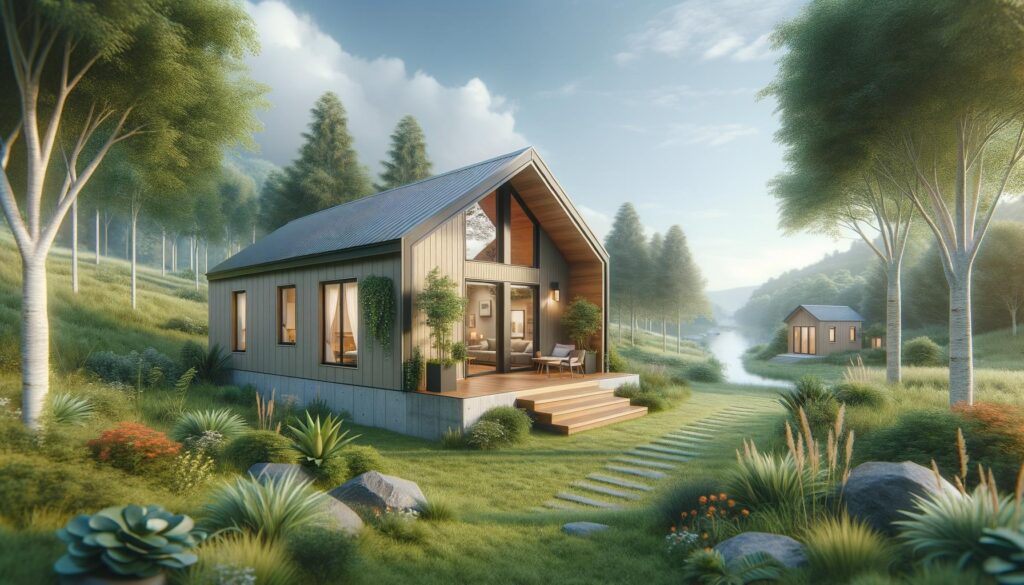Exploring the Rise of Prefabricated Homes
Understanding Prefabricated Homes
Prefabricated homes, often referred to as prefab homes, are dwellings constructed using pre-manufactured sections, or modules, that are assembled on-site. This innovative approach to home building differs significantly from traditional construction methods. The primary components of these homes are built in a controlled factory environment, which can result in higher quality control and less material waste. Once the modules are completed, they are transported to the building site and assembled into a fully functional home. This method offers an efficient and streamlined construction process that appeals to many prospective homeowners.

Advantages of Prefabricated Homes
One of the most appealing aspects of prefabricated homes is their potential for cost savings. Due to the efficient manufacturing process, these homes can often be constructed at a lower cost than traditional homes. This is partly because the factory setting allows for bulk purchasing of materials and reduces labor costs. Additionally, the reduced construction time means that homeowners can move in sooner, further decreasing the overall expenses associated with building a new home.
Another significant advantage is the environmental benefits. Prefabricated homes typically generate less waste during construction, as materials are precisely cut and reused where possible. Furthermore, many prefab homes are designed with sustainability in mind, often incorporating energy-efficient features such as solar panels, high-quality insulation, and energy-efficient windows and appliances. This focus on sustainability not only benefits the environment but also translates to lower utility bills for homeowners.
Customization and Design Flexibility
Contrary to common misconceptions, prefabricated homes offer a range of customization options that can rival traditional homes. Many manufacturers provide various floor plans and design choices, allowing homeowners to personalize their living spaces to suit their tastes and needs. From contemporary minimalist designs to more traditional styles, the options for customization are vast.
Homebuyers can select from different materials, finishes, and fixtures, ensuring that their home reflects their personal style. Additionally, because the modules are built in a factory, the construction process is not affected by weather conditions, which can lead to fewer delays and a more predictable timeline for completion.
Speed and Efficiency in Construction
The speed at which prefabricated homes can be constructed is a significant factor driving their popularity. Traditional home building can take several months or even years, depending on the complexity of the design and weather conditions. In contrast, a prefabricated home can be completed in a fraction of the time. Since the modules are built indoors, the construction process is not subject to weather-related delays, allowing for a more consistent and rapid building schedule.
This efficiency not only benefits homeowners eager to move into their new homes but also appeals to developers looking to complete projects quickly. The reduced construction time can be particularly advantageous in areas with high demand for housing, where quick turnaround times are essential.
Challenges and Considerations
Despite their many advantages, there are some challenges and considerations associated with prefabricated homes. One potential issue is the need for transportation of the modules from the factory to the building site. This can sometimes lead to logistical challenges, particularly if the site is in a remote location or has limited access. Additionally, while customization options are available, they may be more limited than those for a traditionally built home.
Another consideration is the perception of prefabricated homes. Some potential buyers may have reservations due to outdated stereotypes about the quality and durability of prefab homes. However, advancements in technology and construction methods have significantly improved the quality and longevity of these homes, making them a viable and attractive option for many.
